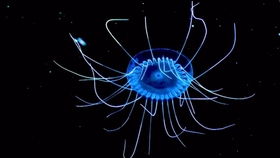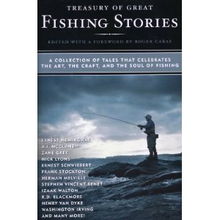Content:
Introduction: Fishing at reservoirs can be an incredibly rewarding experience, offering serene surroundings and the opportunity to catch a variety of fish species. One of the most crucial elements in reservoir fishing is selecting the right bait and mastering the art of fishing techniques. In this comprehensive guide, we will delve into the world of reservoir fishing, providing you with expert tips on choosing the perfect fish饵,as well as advanced fishing techniques that will help you become a master angler.
Choosing the Right Bait:
Understand the species: Before you set out to fish at a reservoir, it's essential to know the species of fish that inhabit the area. Different fish species have varying preferences when it comes to bait. For instance, catfish are known to be bottom feeders and often prefer earthworms or cut bait, while bass and panfish might be more attracted to live bait or artificial lures.
Local knowledge: Seek advice from local anglers or the reservoir management to find out which baits are most effective in your chosen reservoir. Local anglers often have valuable insights into the fish's feeding habits and preferred baits.
Natural baits: Live bait such as worms, minnows, or crayfish can be highly effective for reservoir fishing. However, they require more preparation and are subject to availability. Artificial baits, such as lures or soft plastics, can be a more convenient alternative and can mimic the movement of natural prey.

Artificial baits: If you prefer artificial baits, experiment with different colors, shapes, and sizes to see what the fish in your reservoir respond to. Some popular artificial baits for reservoir fishing include spinnerbaits, crankbaits, jigs, and soft plastics.
Freshness matters: Whether you're using natural or artificial baits, the freshness plays a crucial role. For natural baits, make sure they are lively and have been kept cool. For artificial baits, ensure they are in good condition and free from damage.
Advanced Fishing Techniques:
Timing: Fish tend to be more active during certain times of the day. Early morning and evening are often the best times for fishing as fish are more likely to feed during these periods. However, it's essential to adapt your timing to the specific reservoir and its fish species.
Depth: Understanding the depth at which fish are feeding is crucial for successful reservoir fishing. Use a fishfinder or ask local anglers to determine the depths where fish are most active. Adjust your fishing line depth accordingly.
Casts and retrieves: Cast your bait in a way that mimics the natural movement of the fish's prey. For example, if you're targeting bass, a slower retrieve with a soft plastic lure can be more effective than a fast retrieve. Experiment with different casts and retrieves to see what works best for the fish in your reservoir.
Patience: Patience is key in reservoir fishing. It's not uncommon to go for long periods without a bite. Maintain a calm demeanor and stay focused. Sometimes, the fish will suddenly become active, and you might catch multiple fish in a short period.
Weather and water conditions: Keep an eye on the weather and water conditions. Wind, temperature, and water clarity can all impact fish behavior. On windy days, fish may move to more sheltered areas, while on hot days, they might seek deeper water.
Leader and tackle: Use a leader that is strong enough to handle the fish species you're targeting. Additionally, ensure your tackle is well-maintained and properly matched to the bait you're using.
Conclusion: Reservoir fishing can be an enjoyable and productive activity with the right bait selection and fishing techniques. By understanding the fish species, choosing the appropriate bait, and mastering advanced fishing techniques, you'll be well on your way to becoming a successful reservoir angler. Remember to respect the natural environment and adhere to local fishing regulations. Happy fishing!












